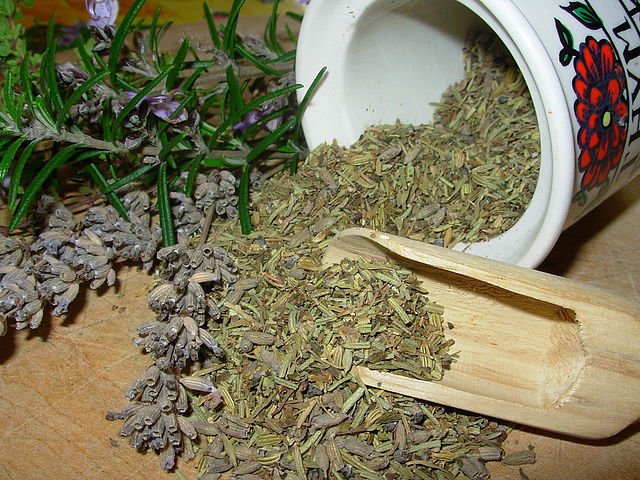June's Pie of the Month
Starting this month, I will be trying something new: featuring a pie of the month (What are the criteria for determining the pie of the month? Whatever sounds good at the time, although I do try to keep in mind what is in season). This time around, the pie of the month is blueberry pie.
Blueberries are a super food, full of antioxidants, fiber, and other healthy benefits: good for the heart and the brain (if someone looks at you quizzically while you are enjoying the blueberry pie, you can always say, "Don't worry: I'm getting my antioxidants") . Plus, they are delicious.
You can either make your own or buy the commercially-made crust that rolls out
Pie Filling
4 cups blueberries, frozen or fresh
3/4 to 1 cup sugar, to taste
1/2 teaspoon ground cinnamon
2 tablespoons cornstarch
1/2 cup water
2 tablespoons lemon juice
Combine all ingredients in a saucepan and bring to a boil. Simmer the mixture until thickened. Let cool and then scrape the mixture into a bottom crust that has been perforated with a fork. Roll out the top crust and place it on top of the pie; flute the edges to seal. Slash the top crust at several points so that pressure does not build up in the pie while baking. Brush the top crust with an egg wash (1 egg, thinned with a splash or so of water and then beaten) to encourage a shiny crust; sprinkle the top with sugar if desired.
Bake in a 400 degree oven (Fahrenheit) for 35-45 minutes, or until the top crust is golden brown. Let cool for awhile (anywhere from 10 minutes to 2 hours: in my household, there is no way that pie is cooling for a full two hours, uncut). Enjoy with a dollop or so of vanilla ice cream. Bon appetit!
Blueberries are a super food, full of antioxidants, fiber, and other healthy benefits: good for the heart and the brain (if someone looks at you quizzically while you are enjoying the blueberry pie, you can always say, "Don't worry: I'm getting my antioxidants") . Plus, they are delicious.
Recipe for Blueberry Pie
Pie DoughYou can either make your own or buy the commercially-made crust that rolls out
Pie Filling
4 cups blueberries, frozen or fresh
3/4 to 1 cup sugar, to taste
1/2 teaspoon ground cinnamon
2 tablespoons cornstarch
1/2 cup water
2 tablespoons lemon juice
Combine all ingredients in a saucepan and bring to a boil. Simmer the mixture until thickened. Let cool and then scrape the mixture into a bottom crust that has been perforated with a fork. Roll out the top crust and place it on top of the pie; flute the edges to seal. Slash the top crust at several points so that pressure does not build up in the pie while baking. Brush the top crust with an egg wash (1 egg, thinned with a splash or so of water and then beaten) to encourage a shiny crust; sprinkle the top with sugar if desired.
Bake in a 400 degree oven (Fahrenheit) for 35-45 minutes, or until the top crust is golden brown. Let cool for awhile (anywhere from 10 minutes to 2 hours: in my household, there is no way that pie is cooling for a full two hours, uncut). Enjoy with a dollop or so of vanilla ice cream. Bon appetit!
 |
| Homemade Blueberry Pie |









